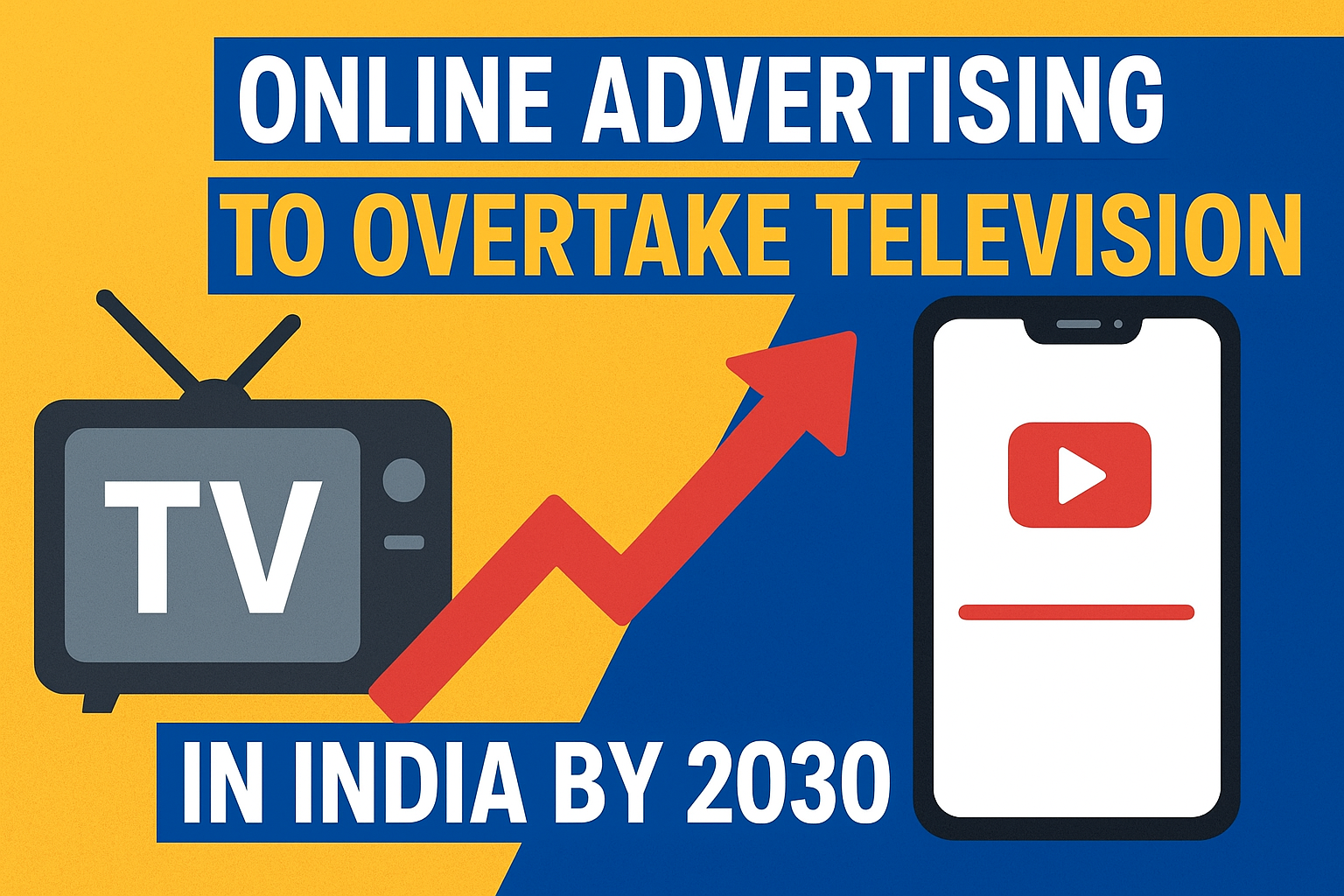
India’s fast-moving consumer goods (FMCG) sector is undergoing a dramatic transformation in its advertising strategies — a change that could see television lose its long-standing dominance within the next five years. Leading companies such as Hindustan Unilever Ltd, Marico Ltd, Godrej Consumer Products Ltd, and Dabur India Ltd are steadily shifting between 30% and 50% of their total media budgets to digital platforms. This shift reflects a growing consensus among advertisers that online media delivers better returns and deeper consumer engagement compared to traditional TV commercials.
Why Brands Are Choosing Digital Over TV
The appeal of digital advertising lies in its ability to target specific consumer segments with remarkable precision. Unlike television, which broadcasts to broad audiences, digital platforms allow brands to focus their message on well-defined demographics. Advanced analytics provide real-time insights, enabling companies to measure campaign performance instantly and adjust strategies on the fly.
“Digital offers sharper targeting, real-time measurement, and seamless integration with e-commerce and quick-commerce platforms, enabling a direct impact on sales,” explains Rajiv Dubey, head of media at Dabur India. This integration is particularly valuable in the FMCG sector, where quick purchase decisions can be influenced by a timely ad on a smartphone.
The rise of affordable smartphones and low-cost mobile data has transformed India into one of the world’s largest online consumer markets. Millions of people can now browse, shop, and interact with brands without relying on television. This accessibility has made digital the natural choice for advertisers looking to engage both urban and rural audiences efficiently.
Industry estimates support this trend. GroupM reports that digital accounted for 60% of India’s total ad revenues in 2024. The sector is projected to grow another 7% in 2025, reaching ₹1,64,137 crore, with an incremental ₹10,730 crore in new spending.
Social Media and Influencer Power
Among FMCG companies, Hindustan Unilever has emerged as a leader in digital adoption, with more than half of its media spending now allocated to online channels. A large share of this goes to social media campaigns designed to connect with consumers where they spend the most time on platforms like Facebook, Instagram, and YouTube.
These platforms also enable influencer collaborations, where trusted personalities promote products in authentic and relatable ways. For brands, influencer marketing provides a powerful combination of credibility, reach, and direct engagement that television commercials cannot match.
Godrej Consumer Products has increased its digital spending dramatically, from just 5–6% of its total media budget a few years ago to 20–25% today. Marico Ltd has taken a similar route, with online now accounting for around 30% of its total advertising budget. The shift is not simply about following trends but about aligning with where consumers’ attention is truly focused.
Digital Dominance
If the current trajectory continues, online advertising is poised to surpass television entirely within five years. Its flexibility allows brands to experiment with multiple formats from short video reels and interactive ads to targeted search campaigns and immersive shopping experiences. Digital campaigns can also be tailored regionally, tapping into India’s linguistic and cultural diversity with ease.
Shantanu Sirohi, CEO of Interactive Avenues, notes, “Digital isn’t just one thing but within that 7–10 things,” highlighting the vast array of channels and tools available under the digital umbrella. This diversity ensures that brands are not confined to a single storytelling format or audience segment.
Television will still retain some relevance, especially for mass-awareness campaigns during major festivals or sporting events. However, its role will likely be secondary to digital, which can drive both brand recognition and immediate sales conversions. For advertisers, the real battles for consumer loyalty will play out on handheld screens rather than in living rooms.
Final Take
The next five years will redefine India’s advertising playbook. With FMCG leaders moving aggressively into digital-first strategies, the long-standing dominance of television is set to fade. Digital media’s ability to deliver targeted reach, real-time feedback, and direct sales integration makes it the undisputed growth engine for modern brands.
Television will survive, but more as a supporting act for large-scale awareness drives. The real competition for consumer attention will be fought on mobile screens, in personalized feeds, and within interactive content. In short, the screen that matters most is already in your pocket and that’s where the future of advertising belongs.


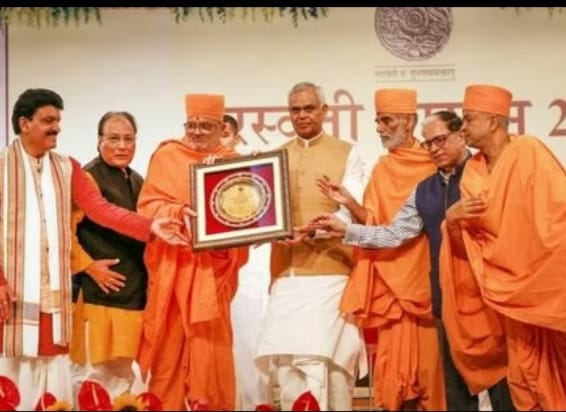
.jpeg)
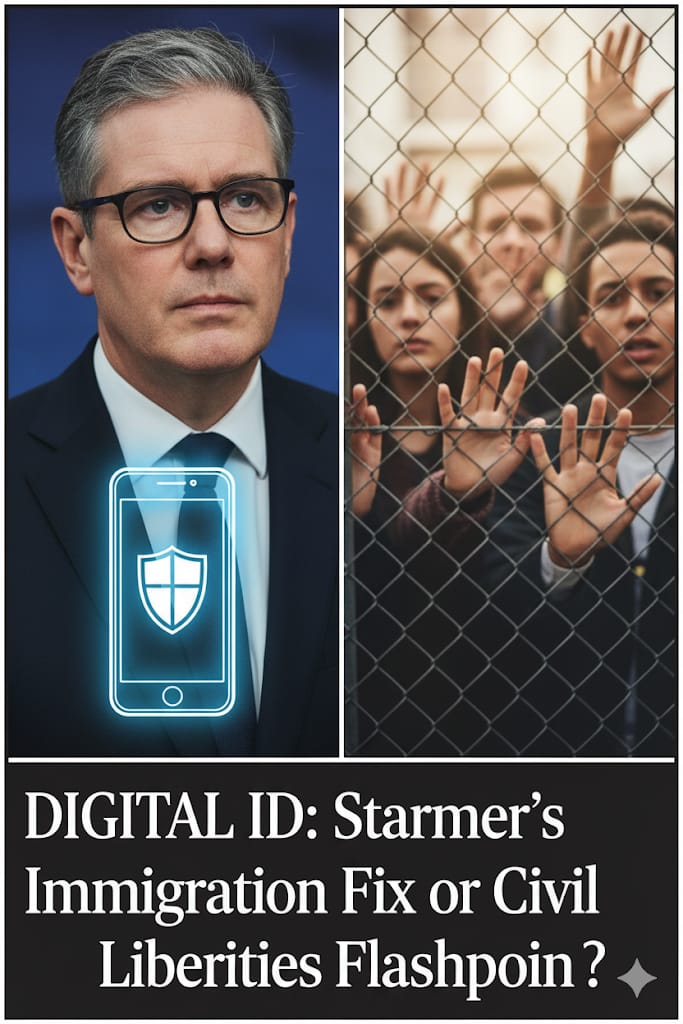
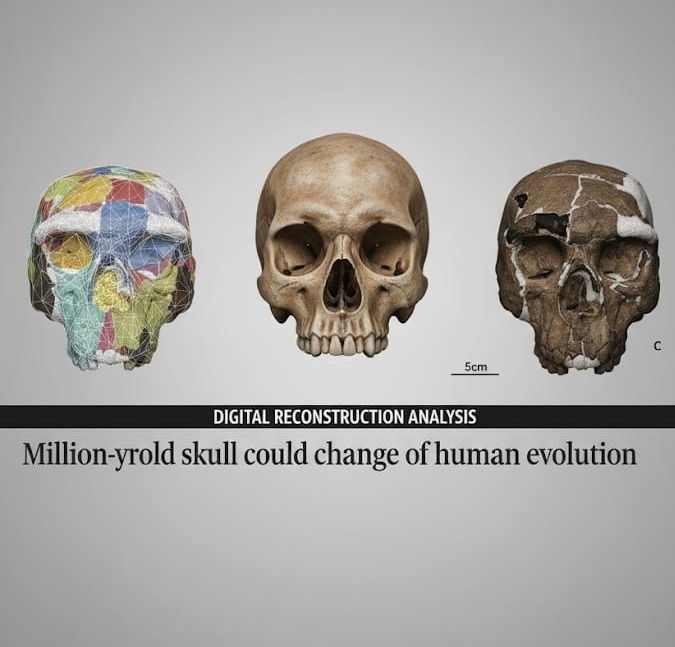
.jpeg)
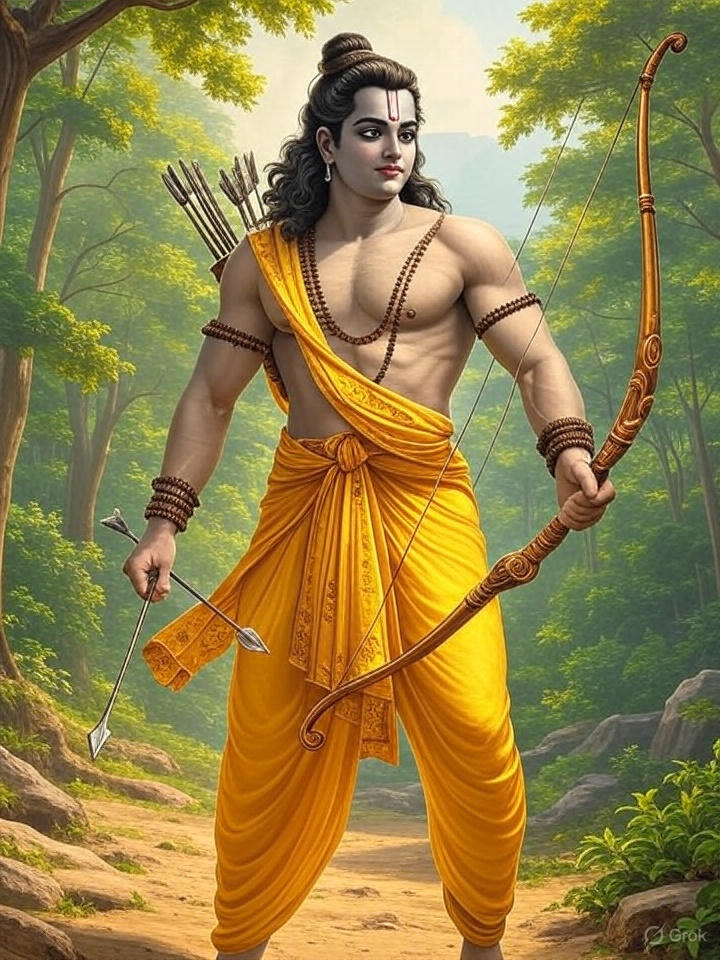
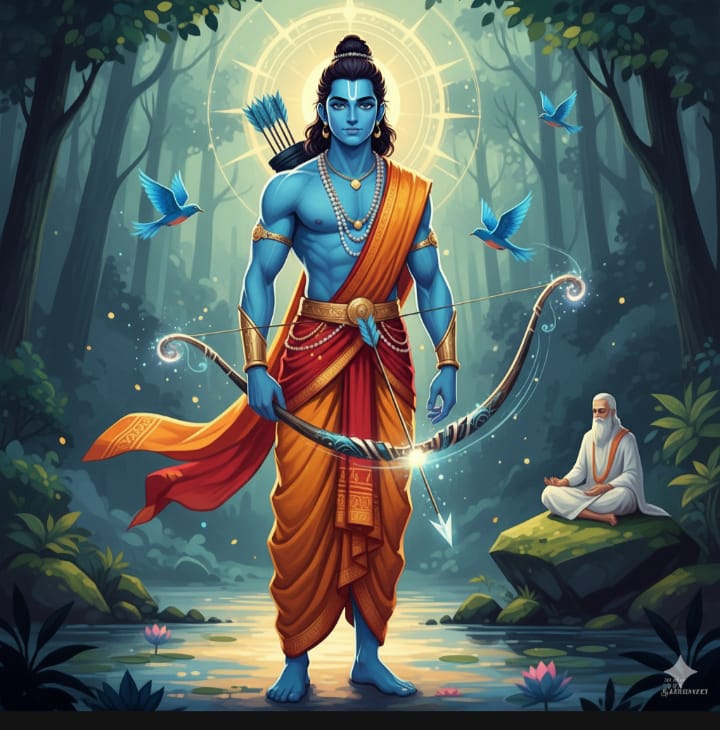
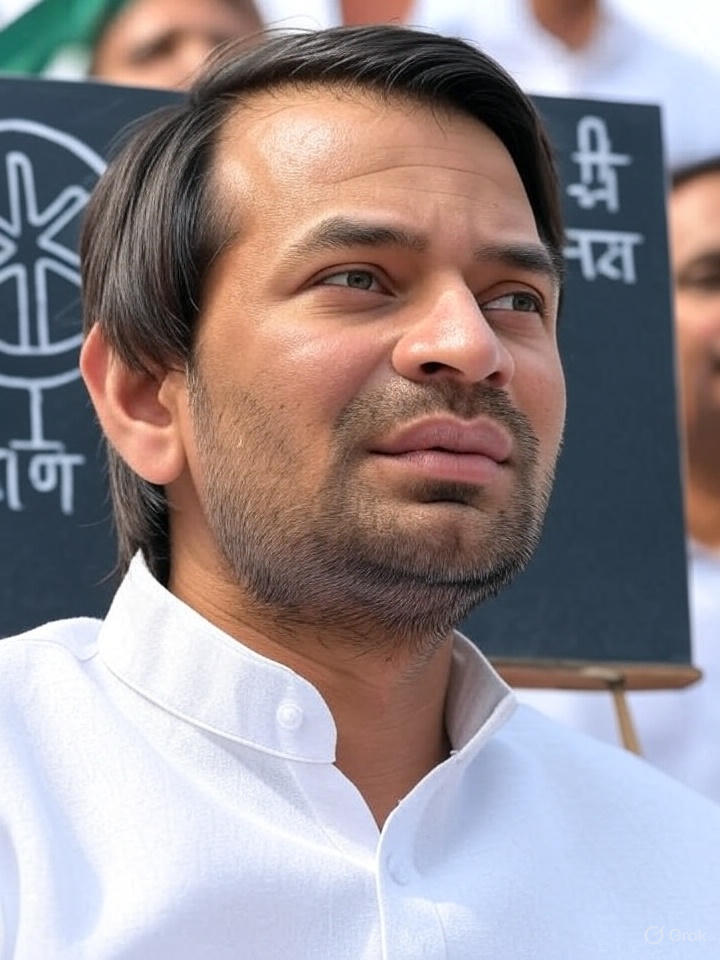
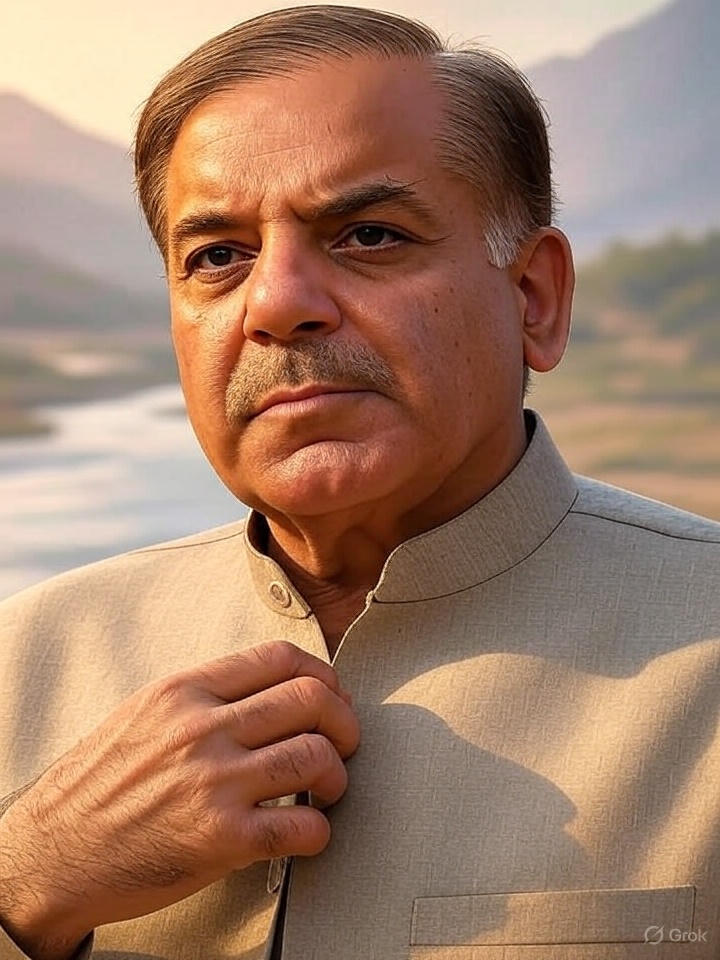
.jpeg)
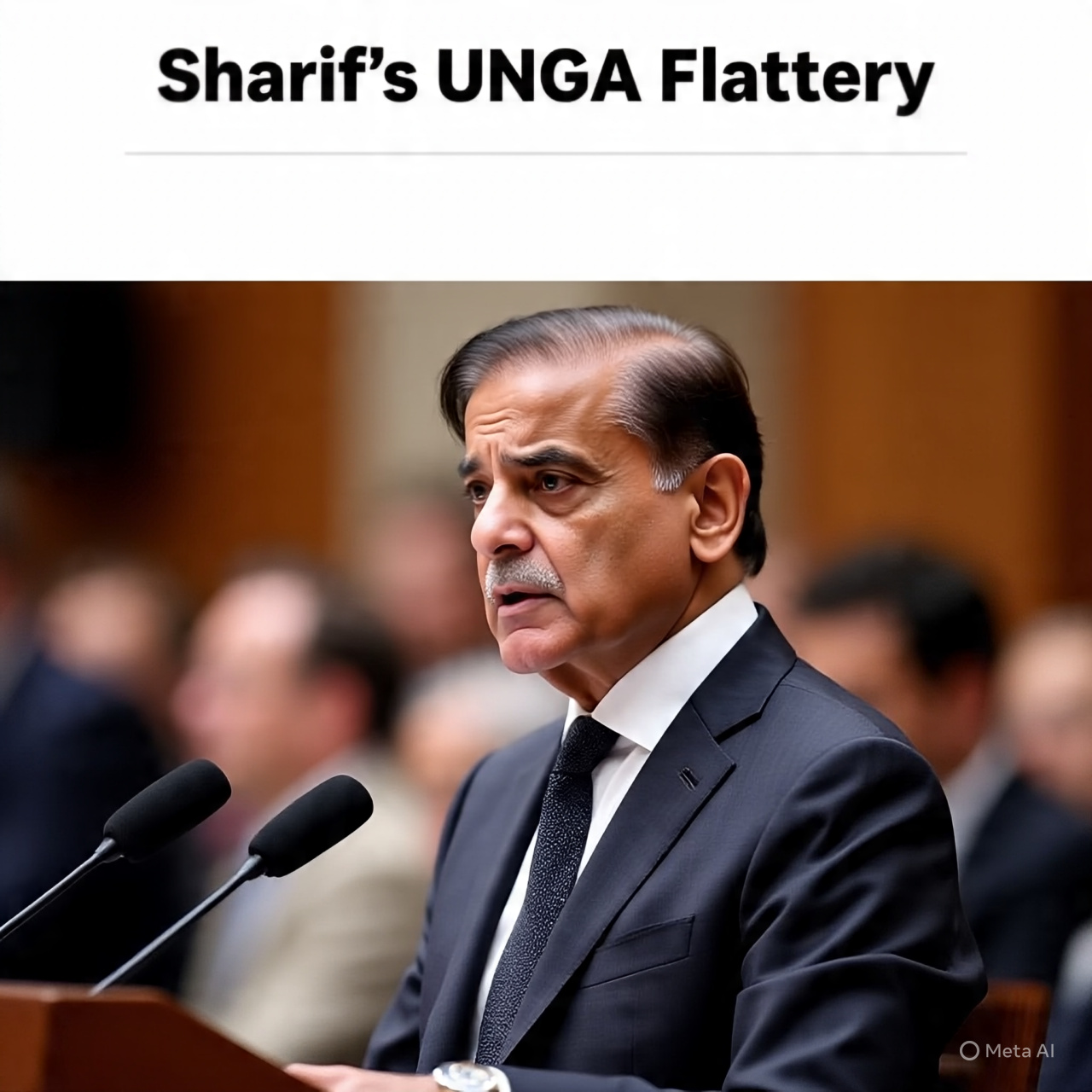
.jpeg)
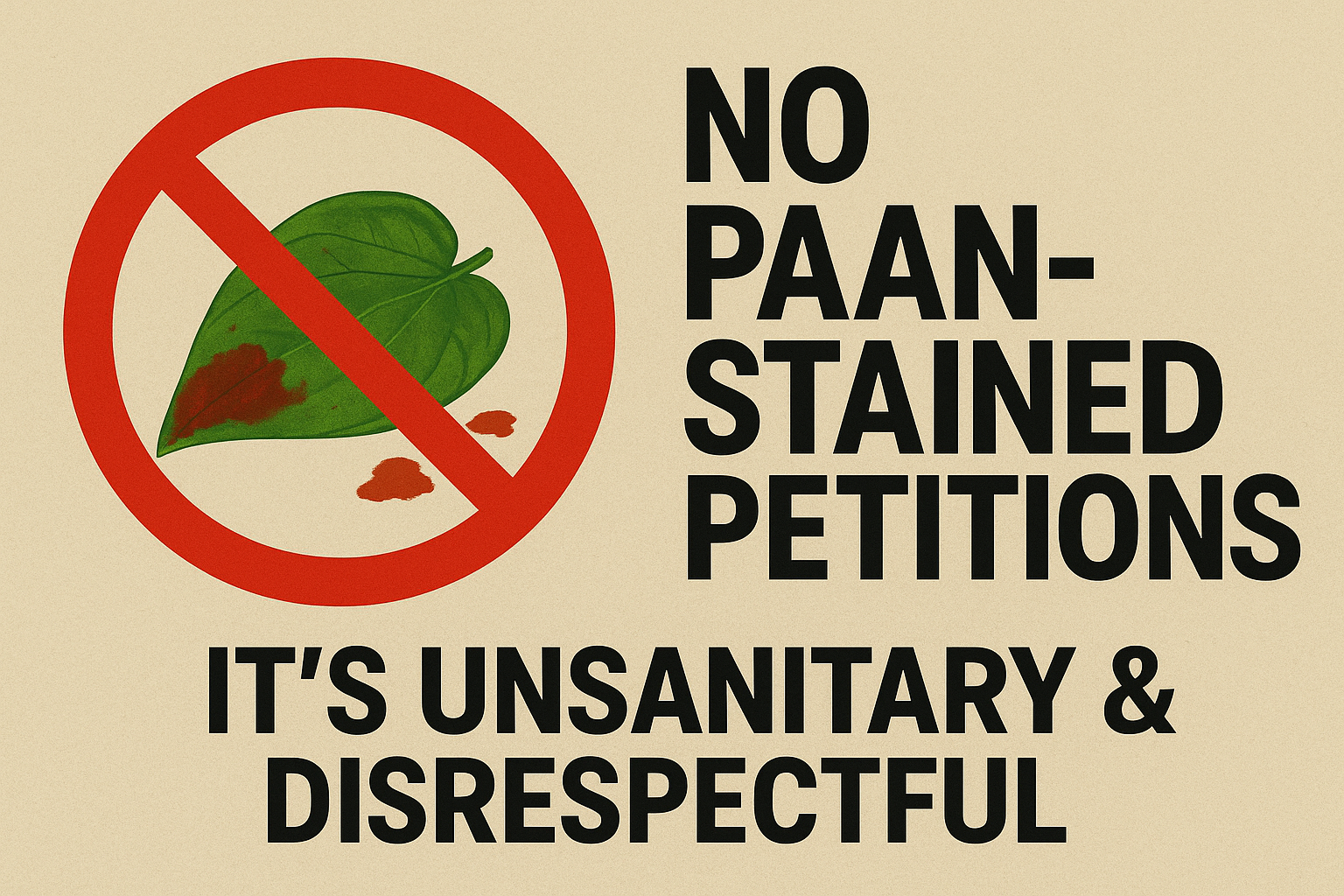
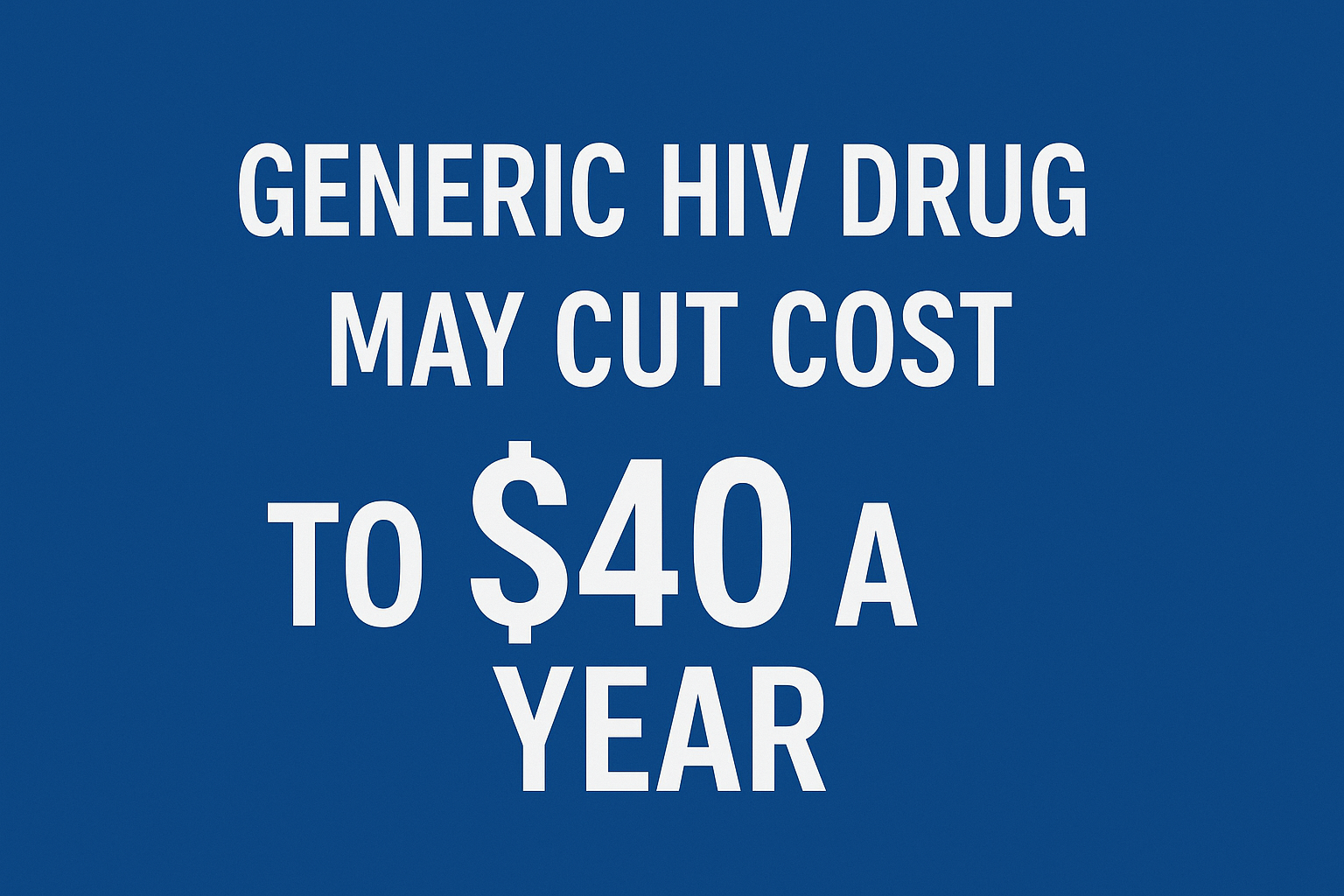
.jpeg)
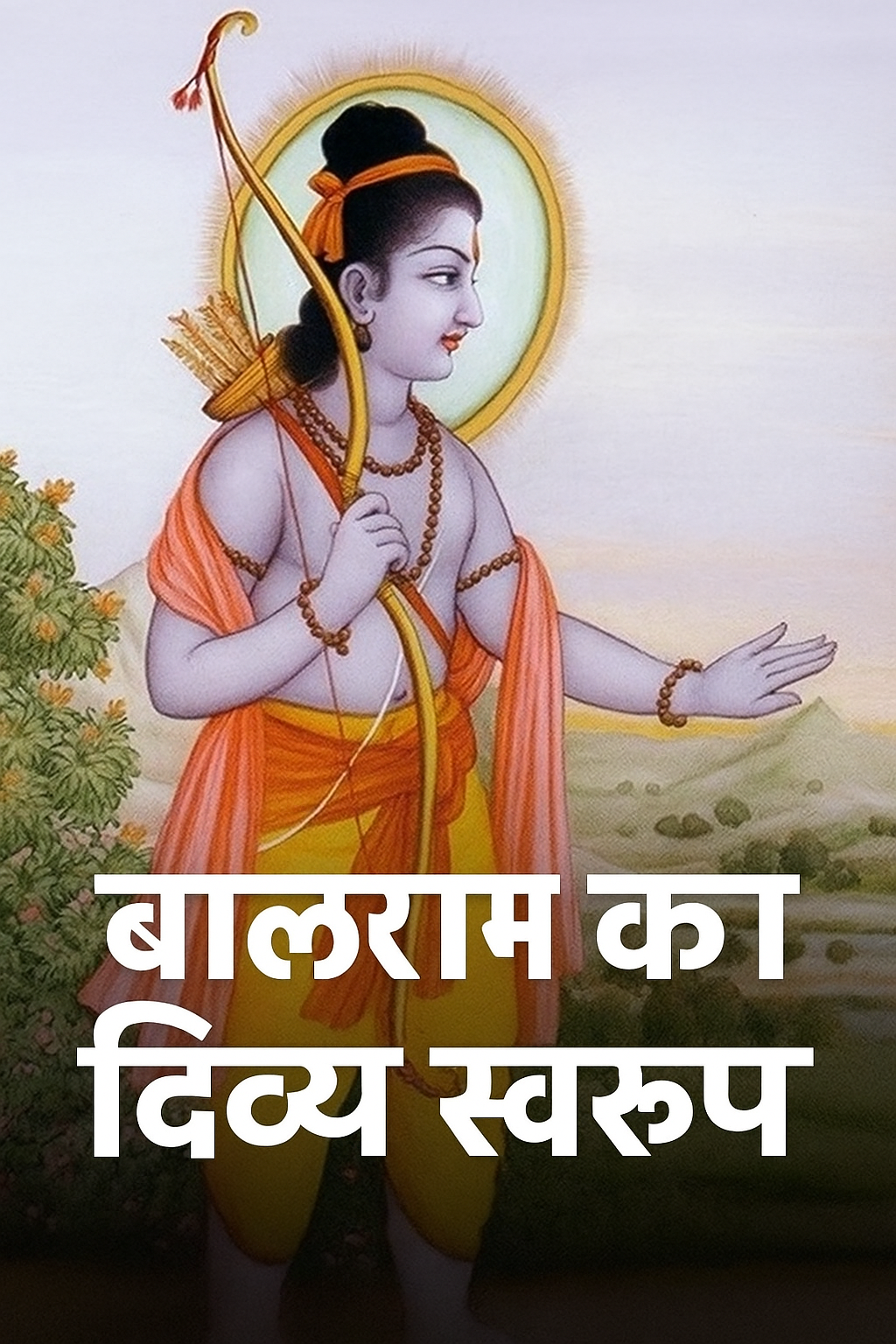
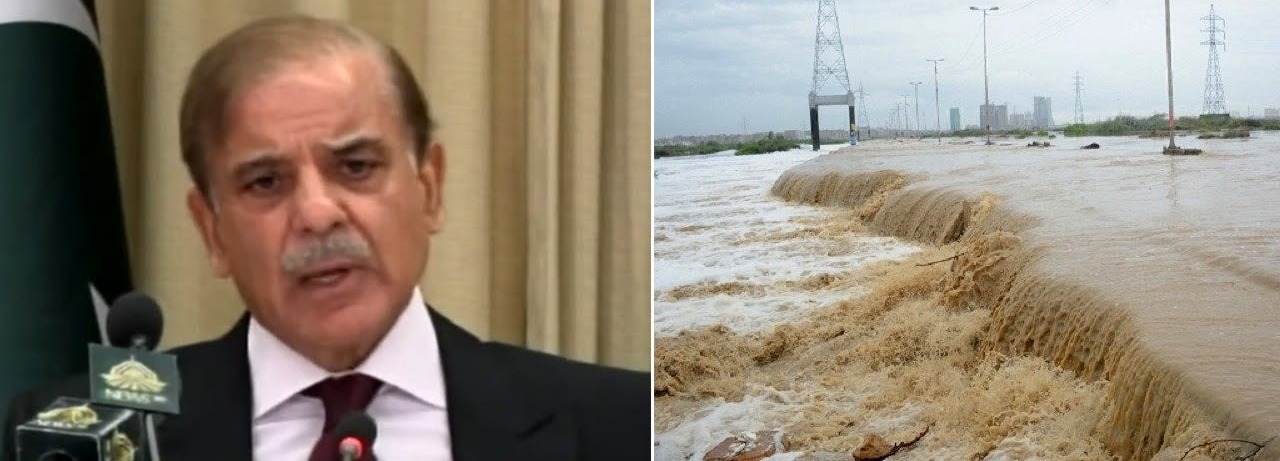
.jpeg)

.jpeg)